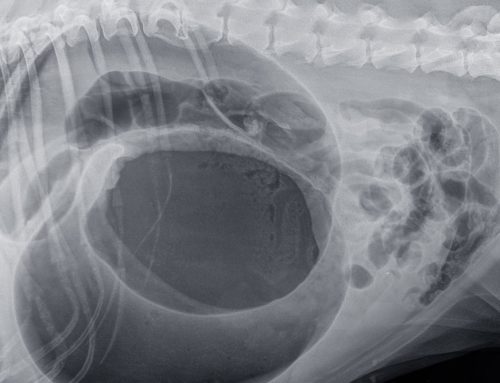We usually interpret the words “pet allergies” to mean people who are allergic to animals. But, did you know pets commonly experience allergies, too? Like their owners, pets exhibit allergy signs when their immune systems overreact to foreign materials (e.g., dust, pollen, a specific food protein, an insect bite). You and your pet may suffer because of allergies, but react differently. Our team at Star of Texas Veterinary Hospital offers these four facts to help you manage your pet’s allergens, keep them itch-free.
There are different types of pet allergies
Pets are commonly affected by three allergy types. They include:
#1: Flea allergies
Some pets are hypersensitive to the protein in flea saliva, and can develop a severe reaction to flea bites. Allergic reaction signs may include:
- Intense scratching
- Hair loss, especially on the hind end and tail base
- Red, irritated skin
If your pet has a flea allergy, keep them comfortable and itch free by administering year-round flea prevention.
#2: Food allergies
If your pet has a food allergy, their immune system produces antibodies against some food ingredient—usually a protein. The allergic response includes itching and skin or ear infections. Although corn is often suspected, this ingredient rarely causes an adverse reaction in pets. Most food allergies are caused by proteins from:
- Dairy products
- Beef
- Fish
- Chicken
- Eggs
If your veterinarian finds that your pet has a food allergy, they will identify the offending ingredient and help you select a nutritionally supportive diet that does not contain the triggering protein.
#3: Environmental allergies
Environmental allergies (i.e., atopic dermatitis) are the most common in pets, and include the following allergens:
- Pollen
- Trees
- Grasses
- Mold
- Dust mites
- Aerosol sprays
- Smoke
For some pets, environmental allergies are seasonal, but others have multiple allergens and may suffer throughout the year. Some pets may display a reaction similar to their owners when hay fever or asthma triggers atopic dermatitis, resulting in sneezing and itchy eyes. However, most pets commonly display these signs:
- Red, irritated skin
- Scratching and chewing
- Hair loss
- Skin infections
- Chronic ear infections
- Anal gland issues
- Paw licking
- Face rubbing
Pet allergies are often chronic
Your pet is unlikely to “outgrow” their allergies, which tend to worsen with age as the animal is repeatedly exposed to allergens. However, by keeping your veterinarian informed of your pet’s allergy signs, they can determine the most effective therapies that will keep your pet comfortable and ensure them a good quality of life.
Pet allergens can be difficult to diagnose
Determining the exact trigger of your pet’s allergies can be a challenge, because many pets have more than one allergen. Your veterinarian may use several methods to diagnose your pet’s allergens, including:
- Intradermal testing — This test determines your pet’s environmental allergens. Your veterinarian sedates your pet, injects a series of allergen types under their subcutaneous skin layer, observes their reactions (e.g., hives or welts), and uses the results to plan your pet’s treatment.
- Blood testing — Blood work can be effective in pinpointing allergen types other than those in food.
- Food trial — During an 8- to 12-week period, your pet receives a hypoallergenic diet that contains no ingredient they have eaten in the past. To ensure the food trial’s accuracy, your pet consumes no additional foods, treats, or supplements during that period. If your pet’s symptoms clear during the trial, they may indeed have a food allergy. Your veterinary professional will then advise you to reintroduce a single ingredient to your pet’s diet for a specific period, until they again exhibit allergy signs, pinpointing the specific triggering protein.
Pet allergies can be treated

Fortunately, treatments are available to manage your pet’s allergies, and can relieve their itchiness, reduce inflammation, and promote skin healing. Treatment options include:
- Anti-inflammatories
- Topical ointments
- Medicated shampoos
- Antibiotics
- Anti-itch medications
- Prescription food-allergy diets
Allergies can be miserable for you and your pet. Fortunately, we have the tools to diagnose and treat your pet’s allergy signs—chewing, licking, and scratching. Contact Star of Texas Veterinary Hospital as soon as possible, and together we can make your pet more comfortable.






